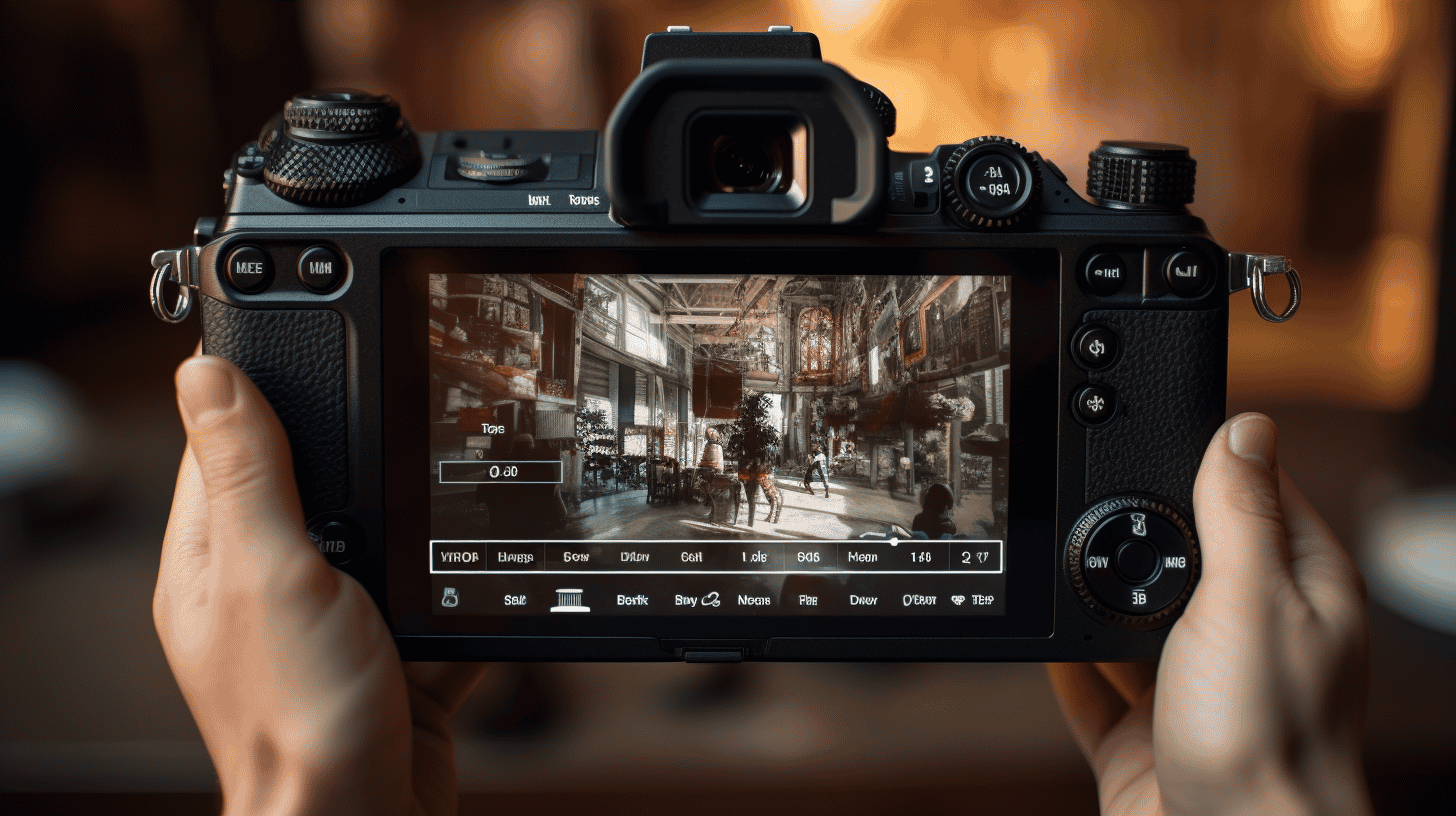Learn how to improve your photography skills by understanding and mastering camera settings. Capture stunning photos with these helpful tips and tricks.


Learn how to improve your photography skills by understanding and mastering camera settings. Capture stunning photos with these helpful tips and tricks.
Explore the top photography techniques for capturing stunning portraits. Learn how to master lighting, composition, and posing to create impactful and beautiful portraits.
Discover the perfect camera for your photography requirements with our comprehensive review of the top models available. Enhance your photography skills.
Discover the top camera picks for amateur photographers in 2024 with detailed reviews. Take your photography skills to the next level with these recommended cameras.
Discover effective strategies to enhance and expand your photography skills. Learn to capture breathtaking images and take your passion to new heights.
Discover practical techniques to enhance your landscape photography skills. Learn tips and tricks to capture stunning and breathtaking landscapes.
Join our community of photography enthusiasts and receive the latest tips, tutorials, and gear reviews directly in your inbox. Elevate your photography skills with expert insights and creative inspiration from Wim Arys.